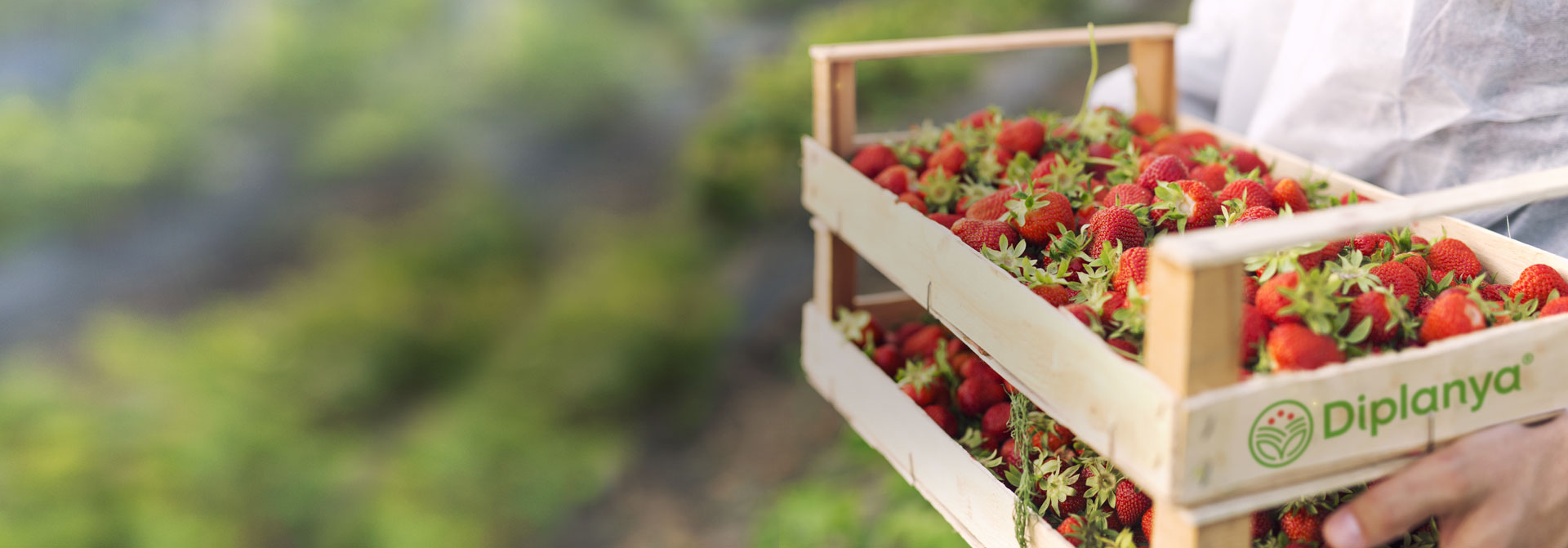
Cranberries
[vc_row css=“.vc_custom_1484220390430{padding-bottom: 14px !important;}“][vc_column css=“.vc_custom_1563881682561{padding-top: 40px !important;}“][vc_row_inner row_content_width=“grid“][vc_column_inner offset=“vc_col-lg-7″]
Wild things.“ font_container=“tag:h2|font_size:30px|text_align:left|color:%23363636|line_height:34px“ use_theme_fonts=“yes“][vc_column_text]
Die englische Bezeichnung der Cranberry leitet sich von dem Namen Kranichbeeren ab, da die Staubfäden der Blüten einen Schnabel bilden, der die ersten Siedler Amerikas an einen Kranichschnabel erinnerte. Sie gilt als stärkste Beere der Welt, die schon die Indianer Nordamerikas nutzten, um mit ihnen das Gift aus Pfeilwunden zu ziehen. Auch die Seefahrer beugten Skorbut gerne mit Cranberries vor. Wissenschaftlich gesichert ist heute vor allem die entzündungshemmende Wirkung von Cranberries, weshalb sie gerne bei Harnwegs- und Niereninfekten eingesetzt wird.
[/vc_column_text][vc_custom_heading text=“Anbau“ font_container=“tag:h3|text_align:left|color:%23363636|line_height:34px“ use_theme_fonts=“yes“ css=“.vc_custom_1565803244715{margin-top: 20px !important;margin-bottom: 0px !important;}“][vc_column_text css=“.vc_custom_1565803248552{margin-top: 0px !important;}“]
Wir arbeiten für den Anbau unserer Beeren mit den qualifiziertesten Cranberriesproduzenten in Deutschland und den USA zusammen.
[/vc_column_text][vc_custom_heading text=“Verfügbarkeit“ font_container=“tag:h3|text_align:left|color:%23363636|line_height:34px“ use_theme_fonts=“yes“ css=“.vc_custom_1563885829103{margin-top: 20px !important;margin-bottom: 0px !important;}“][vc_column_text css=“.vc_custom_1565803258150{margin-top: 0px !important;}“]Anfang September bis Ende Februar[/vc_column_text]
